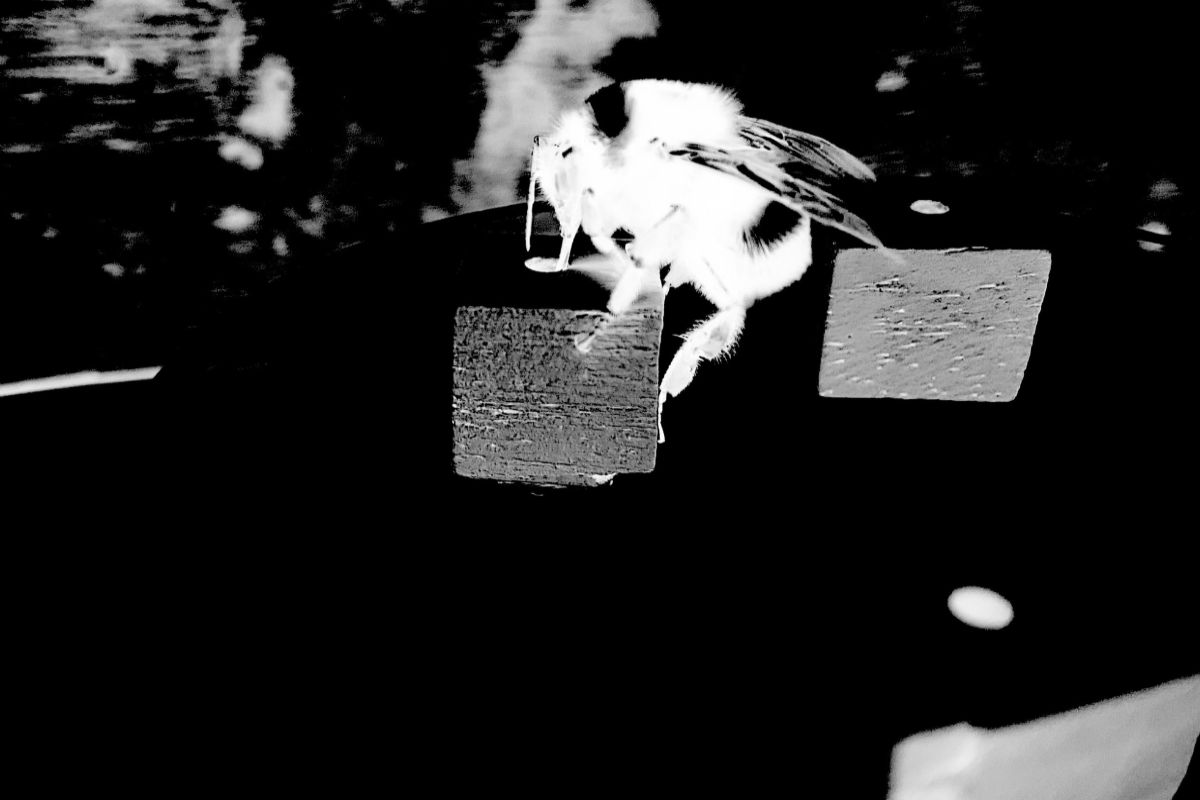- Experiment: Sheep remember human faces and learn to distinguish them
- Animals.Besos, friendship, revenge ... are not exclusive to humans: animals also feel emotions
- Macaques Monkeys learn to add
Sugar syrup was his only incentive. One hundred and twenty-eight bumblebees chosen from five different colonies in the United Kingdom were trained at Queen Mary University in London to learn to recognize in the dark, just by touch, that they had previously seen. And they do it with just one million neurons - people have about a hundred billion neurons.
"The learning time for a bumblebee can vary, but it is of the order of two or three days, which demonstrates its capacity and intelligence of learning. Interestingly, sometimes they can be a bit temperamental and you have to have a little patience" tells the researcher at the University of Bath Selene Gutierrez Al-Khudhairy, one of the scientists who has shown, for the first time, that a species of insect has this ability to distinguish known objects by touching them. Their results are published this Thursday in the prestigious journal Science .
This ability, common in humans but which in the animal kingdom was only thought to have primates, rats, dolphins and a kind of fish is called 'intramodal object recognition' or 'intramodal sensory integration' and basically consists of The ability to imagine an object. We use it, for example, when we look for the keys in the bag or in a pocket by introducing the hand and distinguish them from other objects by their shape, without needing to see them.
However, as clarified in a press release Cwyn Solvi, leader of the research, "this does not mean that these insects experience the world in the same way as people but it does show that in their heads there is much more than we had given for fact. "
The bumblebee, says Gutierrez, is "an ideal model" for this type of experiments that require many copies because it trains easily and quickly : "It is a highly intelligent insect that can learn all kinds of things, for example, can count, use tools and learn through observation.In addition, colonies are very easy to breed in a contained environment , unlike other species of bees that need extensive spaces to forage.They can forage both if there is light or if they are in the dark , something necessary to carry out our experiments, "explains the scientist.
This new research adds to other recent studies that have shown that certain animal species have capabilities that were not suspected to have: "Until recently, popular and scientific perception was that bees respond to external stimuli automatically , more similar to a robot than to a being with cognitive ability or who perceives its surroundings.Lately, society has changed radically in regards to considering the welfare and respect for the quality of life of animals that fifty years ago would be difficult to understand, "reflects Gutierrez.
As an example, he mentions how " society is more aware that animals (such as apes, whales, dolphins, etc.) have high intellectual abilities , especially communication and society:" Sometimes we ask ourselves, how small can a child be? animal to have a certain level of consciousness that we respect? Our study shows that these cognitive abilities of bumblebees can be quantified and are surprisingly higher than expected. "
The next step will be to investigate if other insect families are able to demonstrate the ability of intramodal object recognition. "If we discover that this is a generalized skill among insects, we could conclude that having the ability to" imagine "objects (or mental imagination) goes back to their predecessors of the Cambrian period. That is, this capacity could have evolved 500 million years ago. years . Alternatively, a comparison with other insects could reveal that it is a unique ability belonging to intelligent insects such as bumblebees. "
According to the criteria of The Trust Project
Know more- Science and Health
- science
Paleontology The oldest cross between hominid species occurred 700,000 years ago
Strategic minerals Waste from an old Galicia mine converted into technological black gold
In Australia The impact of the oldest known asteroid altered the weather 2,229 million years ago

